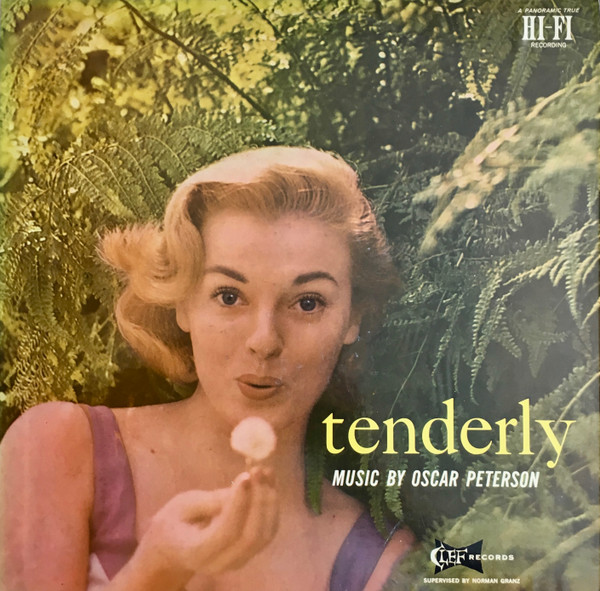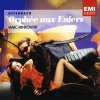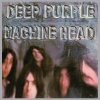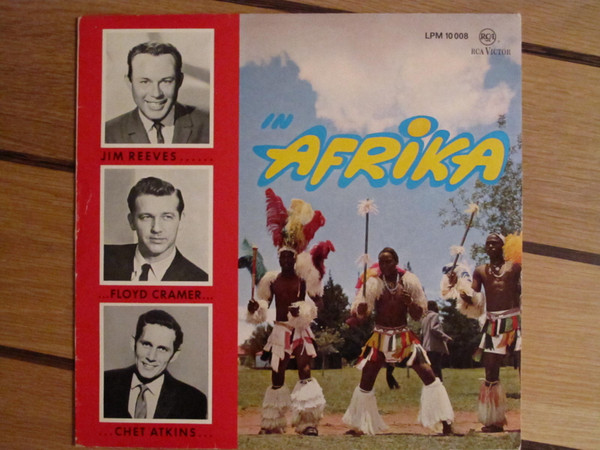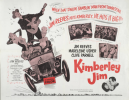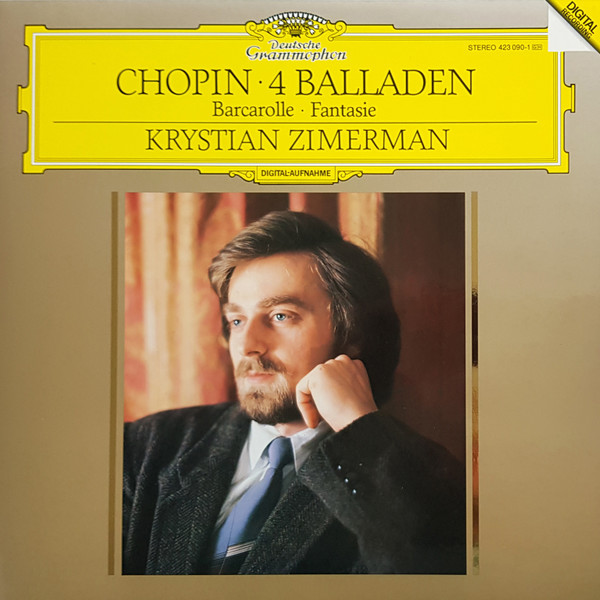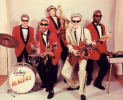Pat Metheny -
Side Eye NYC (2021)

For some reason, I've never been a Metheny fan. Not "not been a fan" in the sense that I listened to his music and did not like it. But in the sense I simply did not seek him out to listen to in the first place. That, and whenever I heard something by him, I appreciated his talent and skill, but never really connected with the music.
One of my oldest non-childhood friends is a huge Metheny fan. When I was first navigating my Jazz immersion, this friend (not a huge Jazz fan himself at the time) recommended Metheny. Long ago, I ripped a couple of his Metheny CDs to my then-computer and gave them a few whirls. When that computer died and all its music with it, I rarely listened to Metheny again.
Last night, that friend took me as a third wheel to a Metheny concert. Because of my non-connection with Metheny, I was a little worried I'd not enjoy the show as much as I "should." In the lobby I got a beer while my friend bought his date a tee shirt and himself an autographed Metheny CD. He insisted on buying me the CD also, and as much as I insisted on the non-autographed cheaper version, he over-insisted on the autographed one for me as well. When Pat came out and I realized it was a solo show, my trepidation heightened. When Pat opened with a long monologue that included a warning that swaths of the evening would be "very slow and sparse", I wondered if I should have ordered three beers instead of one.
The show was good. monologue breaks were fun. I enjoyed the evening a lot. Listening now to this album purchased at the show, I'm liking this even better. Here, Pat has James Francies on keyboards+synths and Marcus Gilmore on drums. Having the young guys (both of whom I've heard often and enjoy) might make a difference. Pat's playing is masterful as well. Just a really really really good album.




